I am sorry that I missed posting anything yesterday--I was still basking in the glow of a Thanksgiving visit to our youngest son, his wife, cat Hudson, and puppy Kieran,--and trying to jog off the calories I put on from our tour of the Theo Chocolate Factory in Seattle. I did pretty well at the Thanksgiving dinner itself, as said puppy needed hours of walking that day, but I succumbed to the smells and then samples at the factory. After our tour Dan looked up information about Theo's (thinking that working there as an engineer might be more fun and less stressful than his current job as a manager at an aerospace company) and learned that the Oompa Loompas who stamp the bars with pretty designs and sprinkle goodies on top of them also do not have ideal jobs. In fact, they have been trying to form a workers' union because the job is tough, but management has employed some strong-arms tactics--and in the lunchroom of all the ironic places! So much for a job at the chocolate factory. My favorite bar was the peppermint-coconut--unbelievable. And we did learn about where my favorite food comes from and how it is processed, from the tall green tree with beautiful white flowers to the beautifully wrapped treats. These cocoa beans come, mostly, from Ghana and the Congo. While Theo's claims to be a fair trade company, we wondered how many well-paid and happy workers there are in the Congo, not to mention some of their disgruntled employees at home. At any rate, their chocolate is very good and the tour was quite interesting; I would recommend it, though maybe not on a Thanksgiving weekend when most people are already eating way more food than they need!
This will be brief, though, as I think maybe my last blog was too long. Anyway, we returned from Seattle to an empty house, with the usual feeling of sadness that the kids, dogs, cats, ducks, rabbits, and chickens we lived with over our 38 years together are gone. (Of purse we have forgotten that one of the dogs tried to eat two of the chickens, that the three rabbits died in their cages in the July heat in South Carolina while Bill was gone--I still remember having to bury them in the woods and then going in the house to throw up, that the ducks flew away in the fall, that the cats got a rare disease and died, and that the teenaged kids were enough to drive us straight to the mental hospital--though they are now super adults.) So, I decided that since our neighborhood is beautiful but not particularly welcoming, we needed to get out of the house and go somewhere. I am someone who needs the company of other people. My geologist husband does too, though since his forty-year plus career involved walking in the mountains and deserts alone with no other company than rocks, he can better tolerate solitude and silence. I need solitude (which I don't always get now that said geologist is retired!) but I do need conversation.
So I came up with Plan B. I had a good friend and neighbor here who said that the main thing about life was to always be ready to go with Plan B. I listened and learned from Susann. It was indeed Plan B day. I remembered that our wonderful Park City Film Series, which shows lots of indy films and documentaries every weekend at the local library, needs volunteers. I figured out how to sign us up online, and Sunday afternoon at 5PM we marched into the auditorium. Yep--just what the doctor (me, in this case) ordered: lights, people, action.
I ended up with what might be considered, for me, the perfect job. Shay, a full-time ski patroller and part-time theatre manager, asked me to ask everyone who came in whether or not they were full-time residents of Summit County. He gave me a clipboard with a sheet with the day's date. There were two columns: one for full-time Summit County residents, one for people who live outside our country. At first I thought that this might be because the film series gets local tax money, and the county commissioners want to be sure that people who pay taxes here are benefiting from this amenity. Nope: they want more out-of-county residents, because we have a local surtax which is meant to support projects that bring in more tourists.
Okay, I could do this. And it turned out to be REALLY easy, because after almost 26 years here I know a lot of people and in many cases I did not need to ask them where they lived. I just made a little black slash on the paper in the "full-time Summit County resident" column. I just add to total up the numbers at the end, and as there is not much in the way of quality control in this operation, no one would know if I missed a patron or two. . . . and no job evaluations, either, thank the lord.
Yep, easy. I didn't have to think, I got to see a number of old friends that I had not seen for a while, and it only took me abut 45 minutes to do this job, between the early arrivals and those who were late--being late, in fact, is a typical Park City thing. It turns out that lots of ski patrollers came because the movie "Summit" was an adventure flic about mountain climbing on K-2 or some place like that, and since Bill was a volunteer patroller here for 12 years, we got to see that group--great people.
And, last but not least, though the job pays nothing, I get to see a free movie AND--all the popcorn that I can eat with as much butter on it as I want! Mary, who was selling popcorn, even offered to send a bucket home with me. And listen to this: there is a bucket full of melted real butter next to the popcorn machine, so patrons can pour their own butter over the popped kernels.
Dream job, here I come--I just have to figure out how I can exercise more so that I can burn off that butter.
Who said that retirement can't be even better??
This will be brief, though, as I think maybe my last blog was too long. Anyway, we returned from Seattle to an empty house, with the usual feeling of sadness that the kids, dogs, cats, ducks, rabbits, and chickens we lived with over our 38 years together are gone. (Of purse we have forgotten that one of the dogs tried to eat two of the chickens, that the three rabbits died in their cages in the July heat in South Carolina while Bill was gone--I still remember having to bury them in the woods and then going in the house to throw up, that the ducks flew away in the fall, that the cats got a rare disease and died, and that the teenaged kids were enough to drive us straight to the mental hospital--though they are now super adults.) So, I decided that since our neighborhood is beautiful but not particularly welcoming, we needed to get out of the house and go somewhere. I am someone who needs the company of other people. My geologist husband does too, though since his forty-year plus career involved walking in the mountains and deserts alone with no other company than rocks, he can better tolerate solitude and silence. I need solitude (which I don't always get now that said geologist is retired!) but I do need conversation.
So I came up with Plan B. I had a good friend and neighbor here who said that the main thing about life was to always be ready to go with Plan B. I listened and learned from Susann. It was indeed Plan B day. I remembered that our wonderful Park City Film Series, which shows lots of indy films and documentaries every weekend at the local library, needs volunteers. I figured out how to sign us up online, and Sunday afternoon at 5PM we marched into the auditorium. Yep--just what the doctor (me, in this case) ordered: lights, people, action.
I ended up with what might be considered, for me, the perfect job. Shay, a full-time ski patroller and part-time theatre manager, asked me to ask everyone who came in whether or not they were full-time residents of Summit County. He gave me a clipboard with a sheet with the day's date. There were two columns: one for full-time Summit County residents, one for people who live outside our country. At first I thought that this might be because the film series gets local tax money, and the county commissioners want to be sure that people who pay taxes here are benefiting from this amenity. Nope: they want more out-of-county residents, because we have a local surtax which is meant to support projects that bring in more tourists.
Okay, I could do this. And it turned out to be REALLY easy, because after almost 26 years here I know a lot of people and in many cases I did not need to ask them where they lived. I just made a little black slash on the paper in the "full-time Summit County resident" column. I just add to total up the numbers at the end, and as there is not much in the way of quality control in this operation, no one would know if I missed a patron or two. . . . and no job evaluations, either, thank the lord.
Yep, easy. I didn't have to think, I got to see a number of old friends that I had not seen for a while, and it only took me abut 45 minutes to do this job, between the early arrivals and those who were late--being late, in fact, is a typical Park City thing. It turns out that lots of ski patrollers came because the movie "Summit" was an adventure flic about mountain climbing on K-2 or some place like that, and since Bill was a volunteer patroller here for 12 years, we got to see that group--great people.
And, last but not least, though the job pays nothing, I get to see a free movie AND--all the popcorn that I can eat with as much butter on it as I want! Mary, who was selling popcorn, even offered to send a bucket home with me. And listen to this: there is a bucket full of melted real butter next to the popcorn machine, so patrons can pour their own butter over the popped kernels.
Dream job, here I come--I just have to figure out how I can exercise more so that I can burn off that butter.
Who said that retirement can't be even better??

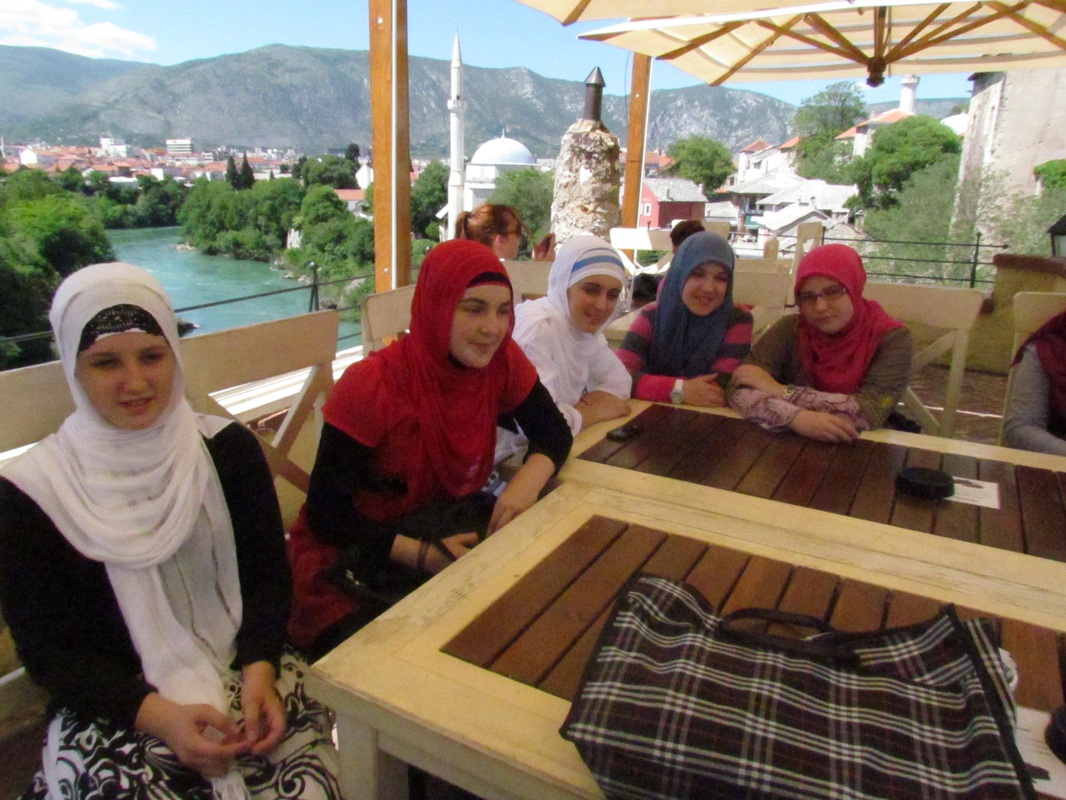
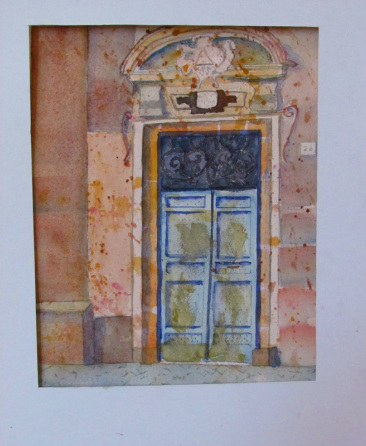
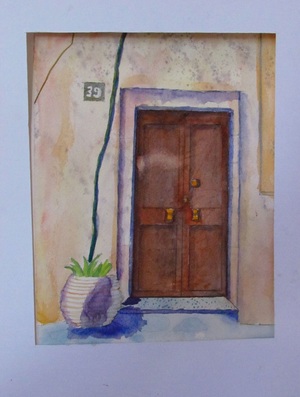
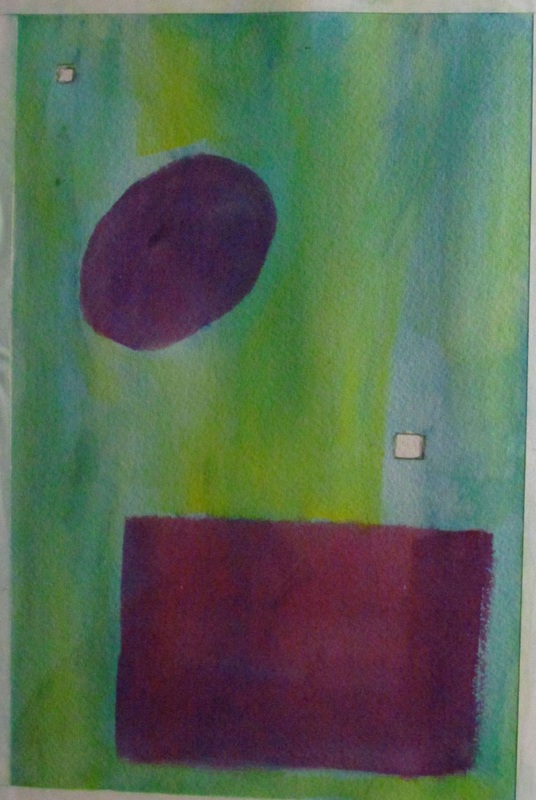
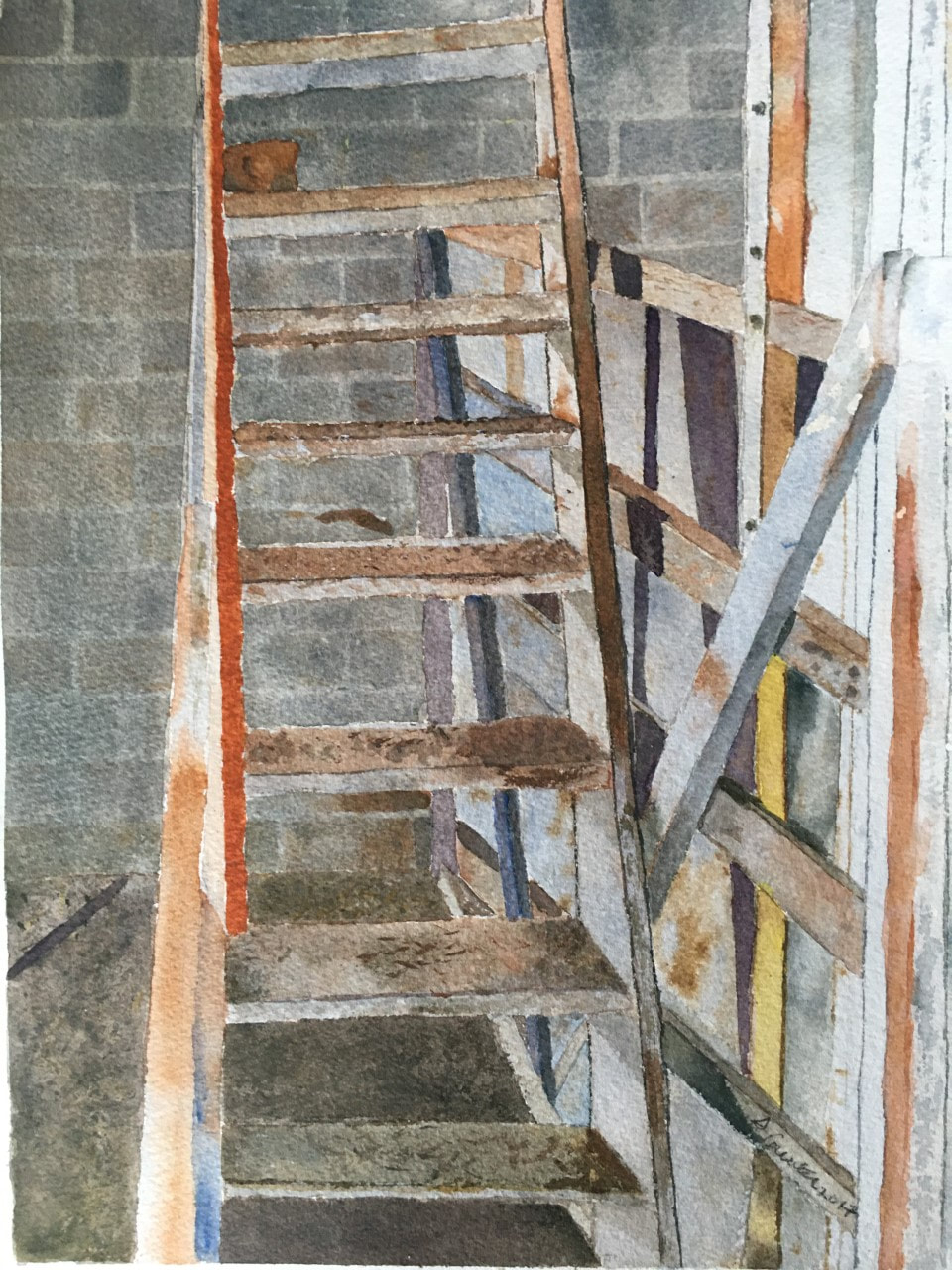
 RSS Feed
RSS Feed